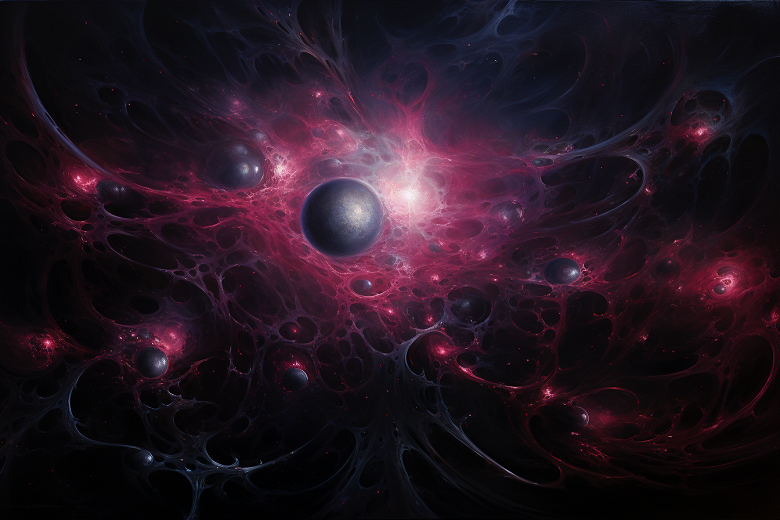NGC 1277 is the first massive galaxy, several times the size of the Milky Way, that has not been found to contain this invisible component of the universe.
In the current standard cosmological model, massive galaxies are considered to contain a significant amount of dark matter. The only evidence for its existence is the strong gravitational pull it exerts on nearby stars and gas.
However, a team of scientists from the Institute of Astrophysics of the Canary Islands (IAC) and the University of La Laguna (ULL) managed to detect the galaxy NGC 1277, which does not contain dark matter. It belongs to the relic galaxies. Galaxies of this type are very rare, they are considered the remnants of giant protogalaxies that formed at an early stage of the existence of the Universe.
“The importance of relic galaxies is that they help us understand how the first galaxies formed. Therefore, we decided to study NGC 1277. From the spectra, we made maps that made it possible to understand the distribution of mass within a fragment of a galaxy with a radius of about 20,000 light years,” explains study leader Dr. Sebastian Comeron.
The team found that the mass of NGC 1277 was made up of only stars. From this, scientists concluded that within the observed radius there cannot be more than 5% of dark matter. Calculations and observations confirm the absence of this component.

Astronomers have discovered a galaxy without dark matter, which should definitely be there.
However, existing cosmological models suggest that the mass of NGC 1277 should be 10–70% dark matter.
“This discrepancy between observations and what we know about galaxies is a mystery to us and perhaps even a challenge to the standard [cosmological] model,” said Ignacio Trujillo, an IAC and ULL researcher who participated in the study.
Scientists suggest two possible explanations. One of them is that NGC 1277 lost its dark matter as a result of gravitational interaction with neighboring clusters of galaxies. Another suggestion is that dark matter was forced out of the system of galaxies at the time when NGC 1277 was formed by the merger of protogalactic fragments.
For the authors of the study, none of these explanations is exhaustive. To further investigate the phenomenon, the team plans to make new observations with the WEAVE instrument on the William Herschel Telescope (WHT) at the Roque de los Muchachos Observatory.
If it is confirmed that there is no dark matter in NGC 1277, then this will cast doubt on alternative models of dark matter. In particular, models that amend the law of gravity so that these changes can explain the gravitational interactions within galaxies.
“Although dark matter may not exist in a single galaxy, the law of gravity must be universal and not allow for exceptions. So a galaxy without dark matter would be a refutation of the main model for the existence of galaxies with a predominance of dark matter, ”Trujillo notes.



